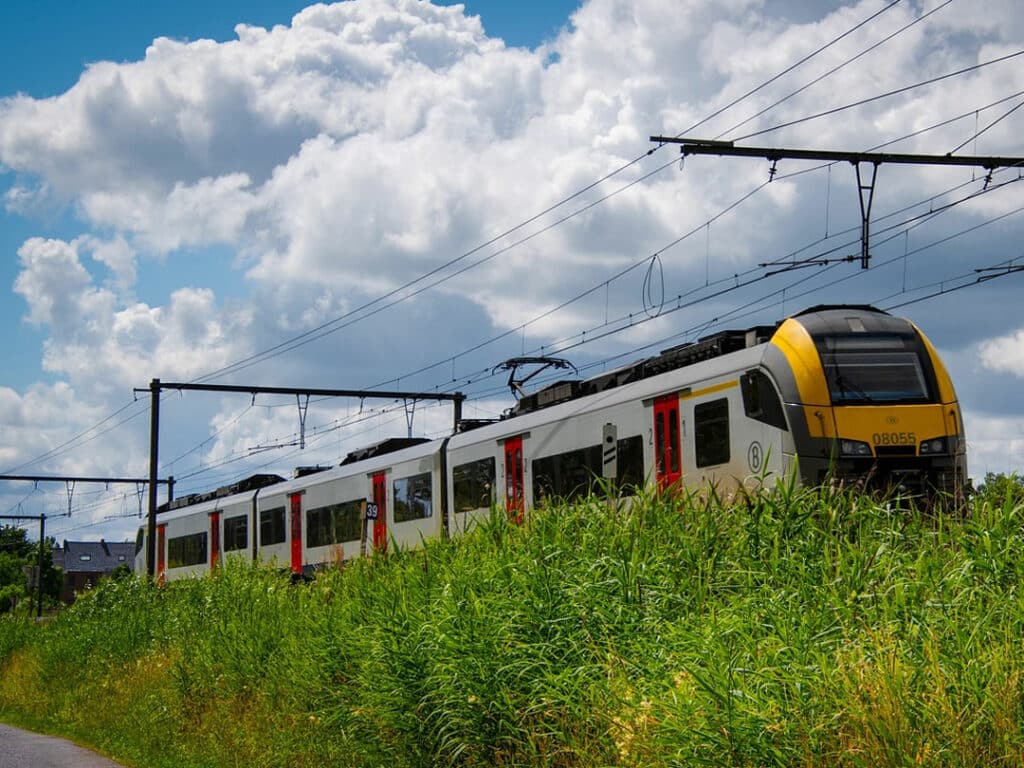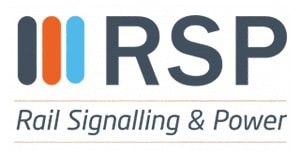Control Period 7 (CP7) is a pivotal phase in the evolution of Network Rail and the UK’s railway infrastructure. As Network Rail embarks on this transformative journey, it brings with it a host of challenges and opportunities that will shape the future of rail transportation. In this blog post, we’ll delve into CP7, exploring its significance and the key objectives set by Network Rail.
Understanding CP7
CP7 represents the seventh control period for Network Rail, each control period spanning five years and designed to ensure efficient, reliable and safe rail services for passengers and rail freight, improving train performance. CP7 extends from 2024 to 2029 and plays a vital role in addressing the needs of the UK’s growing population and the demands of a modern railway system. The UK government has committed to invest £44 billion to help operate, maintain and renew the rail network across England and Wales.

Key Objectives of CP7
1. Enhanced Safety:
Safety remains the top priority for Network Rail during CP7. Investments will focus on improving track and infrastructure safety measures, implementing advanced signalling systems and enhancing operational protocols to minimise incidents and accidents.
2. Improved Capacity:
Meeting the increasing demand for rail services requires expanding the capacity of the network. CP7 will see substantial investments in infrastructure enhancements, station upgrades, and track improvements to accommodate more trains and passengers. Digitalisation of the railway and state-of-the-art signalling will also allow for more trains to run and closer together on the track without any increased risk of collisions.
3. Sustainability and Environmental Initiatives:
CP7 aligns with the broader goals of tackling climate change by reducing carbon emissions and promoting sustainable transportation. Network Rail targeted net zero initiatives will invest in eco-friendly technologies, electrification projects and sustainable practices to reduce the environmental impact of rail travel.
4. Digital Transformation:
Embracing digitalization is a cornerstone of CP7. Network Rail aims to leverage cutting-edge technology, including AI and IoT, to enhance network efficiency, predict maintenance needs, and deliver real-time information to passengers. Network Rail are investing £1.85 billion in next generation signalling and other major projects.
5. Reliability and Punctuality:
CP7 aims to increase train performance and significantly enhance the reliability and punctuality of rail services. This involves upgrades and improvements in track maintenance, reducing delays, and streamlining timetables to provide a more dependable travel experience. Network Rail also plan to gain operational weather expertise to reduce delays and cancellations due to adverse weather events, events that are only becoming more and more commonplace due to climate change.
6. Customer Experience:
The passenger experience is central to CP7 with Network Rail announcing that they are committed to putting passenger’s first. Investments in station facilities – including passenger information systems, accessibility and customer service initiatives will ensure that rail travel is convenient, comfortable and accessible to all.
7. Community Engagement:
Network Rail recognises the importance of engaging with local communities affected by rail projects. CP7 will involve ongoing communication and collaboration with stakeholders to address concerns and ensure projects align with local needs.
CP7 – The Road Ahead
Network Rail’s CP7 represents a significant step forward in the evolution of rail transportation in the UK. It is a commitment to creating a sustainable, efficient, and reliable rail network that serves the needs of both passengers and freight. The objectives set for CP7 align with broader national and international goals of reducing carbon emissions and promoting sustainable transportation to help when it comes to tackling climate change.
This transformative phase brings with it numerous opportunities for railway power and signalling design and supply companies, such as us here at RSP. As Network Rail invests in infrastructure upgrades, electrification projects, and digitalisation, there will be a growing demand for innovative solutions to support these initiatives and help to create a reliable railway for passengers and freight users which will positively impact economic growth.
Summary
Control Period 7 (CP7) marks a pivotal chapter in the journey of Network Rail, promising significant improvements in safety, capacity, sustainability and the overall passenger experience. As this phase unfolds, it offers a wealth of opportunities for railway power and signalling design and supply companies to contribute to the evolution of the UK’s railway infrastructure, such as us here at RSP.
Network Rail’s funding throughout CP7 represents a commitment to a more efficient, sustainable, and customer-focused railway network across England and Wales, one that will benefit the entire nation for years to come, improving train performance and contribute to continued economic growth. They are determined to supply the best railway possible, for passengers and freight, with the funding that is available.

